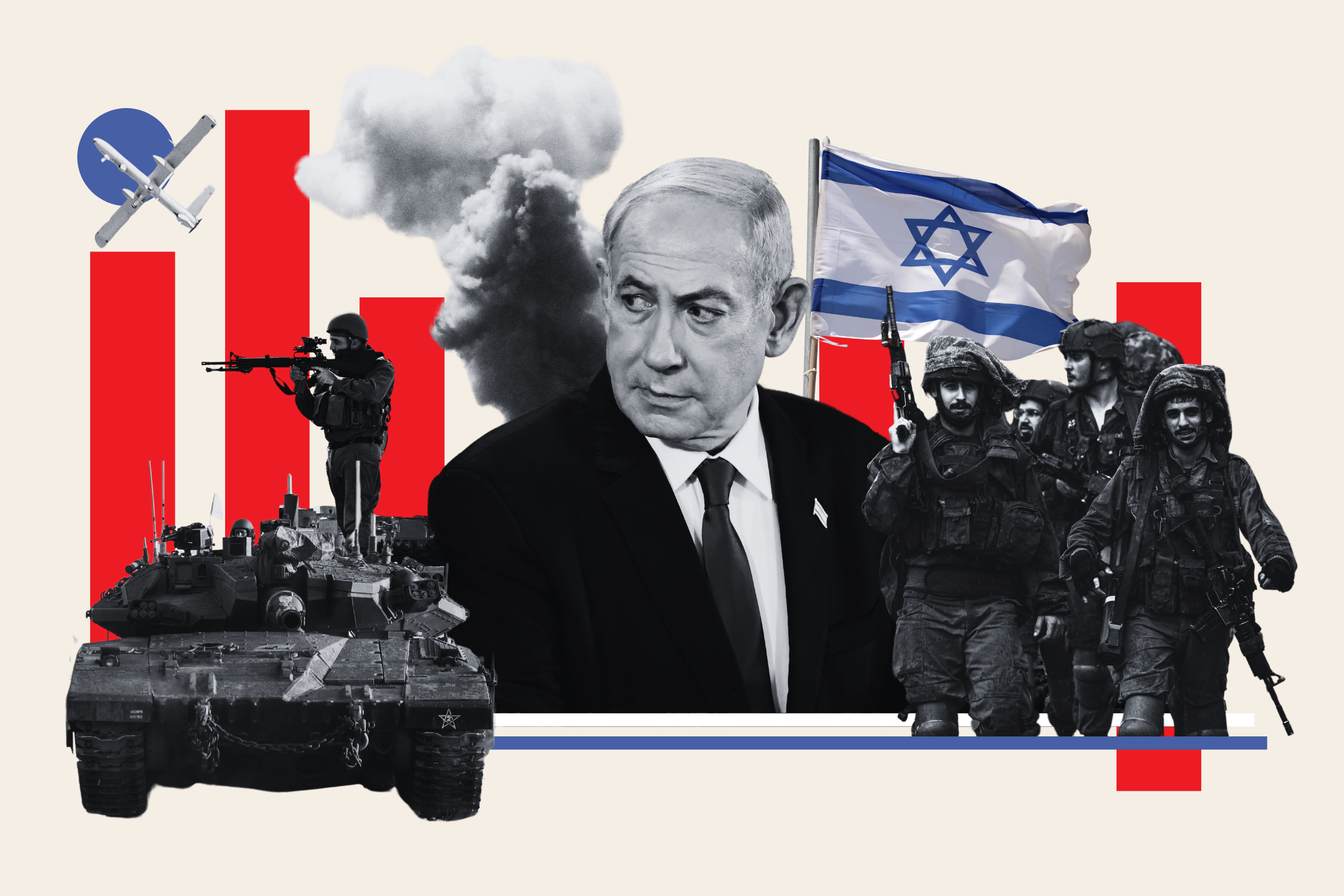South Korean President Yoon Suk Yeol's declaration of martial law on Tuesday marked the first time such a sweeping measure has been enacted since the country transitioned to a full democracy more than 35 years ago. The unprecedented move has sparked significant political and public debate resulting in calls to impeach Yoon, reflecting the extraordinary implications of his decision for South Korea's governance and his own political career.
However, during South Korea's decades under autocratic governments and military rule, from the end of World War II until the founding of the Sixth Republic in 1988, martial law was a common response to political instability. Faced with uprisings, frequent protests, and ongoing tensions with North Korea, the country's leaders frequently resorted to extreme measures to maintain control.
This historical image collection captures some of the most dramatic moments of this history.

1948 First Martial Law Declaraton After Two Months of the New Nation's Founding
The use of martial law in South Korea dates back to 1948, when the country's first president, Syngman Rhee, employed it to suppress communist uprisings after just two months of the government's founding. His crackdown resulted in thousands of deaths, setting a grim precedent for the measure's use in the decades that followed.
1950 Martial Law Declared During Korean War and Again in 1960

Martial law was also imposed during the Korean War from 1950 to 1953, enabling South Korea to use its military to suppress anti-government protests. Later, while President Syngman Rhee faced mounting opposition, he declared martial law again in 1960. Hundreds were killed during violent clashes between protesters and police.

Rhee's grip on power ultimately crumbled under the weight of nationwide demonstrations, forcing him to resign. In a moment of celebration, jubilant South Koreans climbed onto a tank outside Seoul's City Hall, marking a turning point in the country's struggle for democracy.

1972-79 Park's Regime Supressed Dissent

President Park Chung-hee, a military dictator who had taken power in a 1961 coup, orchestrated another coup to consolidate his dictatorial powers in 1972, declaring martial law and deploying tanks into the streets of Seoul. Although martial law was lifted later that year, Park's regime continued to face growing protests against his authoritarian rule.
From 1972 until his assassination on Oct. 26, 1979, Park relied on emergency measures to suppress dissent, using them as a pretext to imprison hundreds of political opponents and activists, further intensifying public opposition to his government.
1979 Martial Law Last Imposed in South Korea

Following the assassination of Park, President Choi Kyu-hah began governing as a civilian ruler, but eventually resorted to martial law to secure his power-base. After mass protests that resulted in the deaths of 987 people, Choi was forced to resign.
Military Rule Extended Into 1980s

The measure was extended in 1980 by Gen. Chun Doo-Hwan, who seized the presidency through another military coup. Chun's regime used military force to crush student-led protests in Gwangju, approximately 150 miles south of Seoul, resulting in the deaths of hundreds of demonstrators.

In Seoul, thousands of university students protested in the streets, demanding an end to martial law, only to be met with tear gas from riot police. Martial law was eventually lifted in 1981, signaling a shift away from military rule.
This article includes reporting from The Associated Press




.png)





.png)









 English (US) ·
English (US) ·